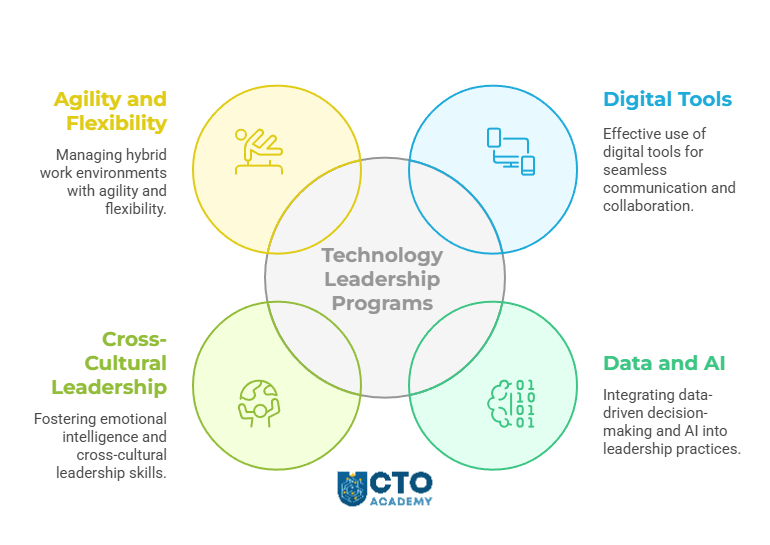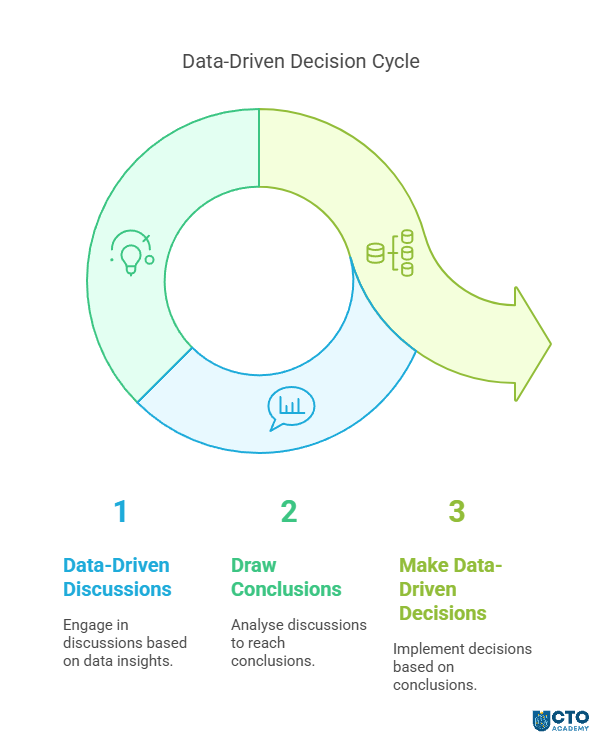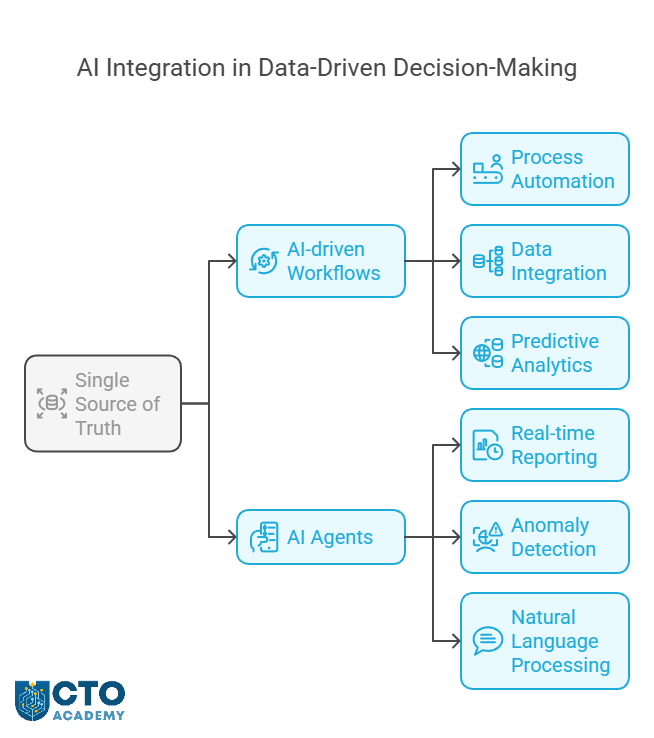Remote work is slowly evolving into the so-called, workation, a concept that refers to a modern work arrangement that combines professional responsibilities with travel or leisure activities.
Workation (work + vacation) describes professional activities conducted in non-traditional environments through digital connectivity. It is characterised by:
We are talking about the more loose understanding and adoption of the concept on an individual level rather than a company-organised event like SWISS Airlines’ in Mallorca which could be categorised as a team-building initiative.
Leaders already struggle to manage distributed teams where employees work from their home “offices”. They can’t use in-person oversight and centralised decision-making as they would in a traditional office setup. Modern remote environments demand proficiency in digital communication, decentralised team coordination and outcome-based performance metrics.
Add workations to the mix, and team management becomes significantly more challenging, with potentially half the team dispersed across the globe, working from beach hammocks and mountaintop base camps. Connectivity issues, exhaustion, burnout, disinterest, distractions, increased security risks…we can go on like this for an entire page.
“Companies have recognised the importance of leading teams remotely and realised that many executives who were very successful in leading in a face-to-face environment are not necessarily effective in a virtual environment”
Gianluca Carnabuci, professor of organisational behaviour at ESMT Berlin
In other words, technology leaders are missing the critical skills necessary to address the challenges of this new paradigm.
Traditional MBA programs often fail to focus on the challenges of virtual environments, such as combating isolation, preventing burnout and building trust through digital channels.
Tech-focused online programs, on the other hand, fill this gap by integrating coursework in emotional intelligence, digital empathy, remote conflict resolution and automated workflows. These competencies are critical as studies show that communication breakdowns are at the very top of workplace challenges in remote and hybrid environments.
But communication is just one out of the four main challenges of remote team leadership that technology leadership programs address:

Don’t just use tools, utilise them.
Take CTO Academy for an example. The team is fully remote, operating from three continents. However, we seldom miss a deadline. That’s because team management is perfectly aligned with principles stemming from relevant modules and lectures of the specialised Tech MBA.
These lectures address the most prevalent challenges in remote communication and collaboration:
In one of our recent peer-to-peer sessions, for instance, seasoned fractional CTO Stephen Morris emphasised the importance of frequent communication with distributed teams. He highlighted that a CTO’s role involves constant communication, as well as acting as a liaison, organiser and unblocker. “I’d say I communicate almost daily with all the teams”, he explained, “because that’s what you do as a CTO”.
While this requires significant time, it’s crucial for effective leadership. As teams grow and become more distributed, the focus shifts towards managing team leaders rather than individual contributors. “Obviously, you’re managing the team leaders rather than the individuals”, Morris added. “Ultimately, the frequency and nature of communication depend on the size and structure of the team and the overall organisation”, he concluded.
Tech MBAs equip you with the skills to leverage emerging technologies strategically. This includes streamlining remote operations through optimised workflows and automation. Furthermore, you’ll learn to choose the most effective communication channels for different situations. For example, utilise asynchronous tools for quick status updates but prioritise video conferencing for complex discussions.
This dialogue (discussions) must eventually produce operational decisions. But for any of that to be effective, it must be based on data.


The effectiveness of distributed teams relies on well-organised centralised systems for communication, data gathering and processing. For example, team members must have seamless access to the central nervous system (a single source of truth) and the necessary analytical tools but, at the same time, leaders must be able to monitor productivity.
However, it’s not exactly a straightforward process.
Firstly, to organise such a system, you need to possess extensive knowledge in operational data modelling, advanced analytics, data hierarchy and AI integration. Secondly, you need to know how to utilise the data in business decisions on the one hand and performance monitoring on the other; that is, understanding which data matter for which business operation including remote team management.
This is exactly why the curricula of technology leadership programs go into detail about AI-powered data-driven business reasoning and the decision-making process itself.
Unfortunately, AI-enhanced data and analytics can get you only so far because there is one critical trait AI and databases don’t possess and that’s emotional intelligence.
In the office, subtle tell-tale signs that something is wrong with the team’s dynamics are easy to spot. In the remote setting, on the other hand, these sometimes subtle nonverbal cues are masked.
The Tech MBA curricula provide practical insights into empathy and emotional intelligence in the leadership context that enable leaders to spot these changes in a remote or hybrid work environment. Lectures cover critical topics such as:
However, they also examine the concept of “empathy in action”, outlining how to understand and help employees, appreciate different perspectives, engage in healthy debates and make recommendations for success. Often, this requires a healthy dose of flexibility.
Hybrid work management requires leaders who can seamlessly shift between remote and in-person work dynamics. That’s the reason why Tech MBAs emphasise:
While remote work offers benefits like access to global talent pools, it also introduces unique leadership challenges. One of the biggest is balancing productivity demands with employee well-being.
Employee well-being is no longer just a topic of empirical studies; it’s a core demand of today’s workforce. This generation prioritises work-life balance, flexibility and mental health, marking a significant shift from the traditional job paradigm. Leaders must, therefore, adapt to these evolving expectations to attract and retain top talent in the remote work landscape.
However, to achieve that, they (leaders) must obtain a new set of skills and the only place where they can learn them is the curriculum of technology leadership programs and Tech MBAs.
90 Things You Need To Know To Become an Effective CTO
